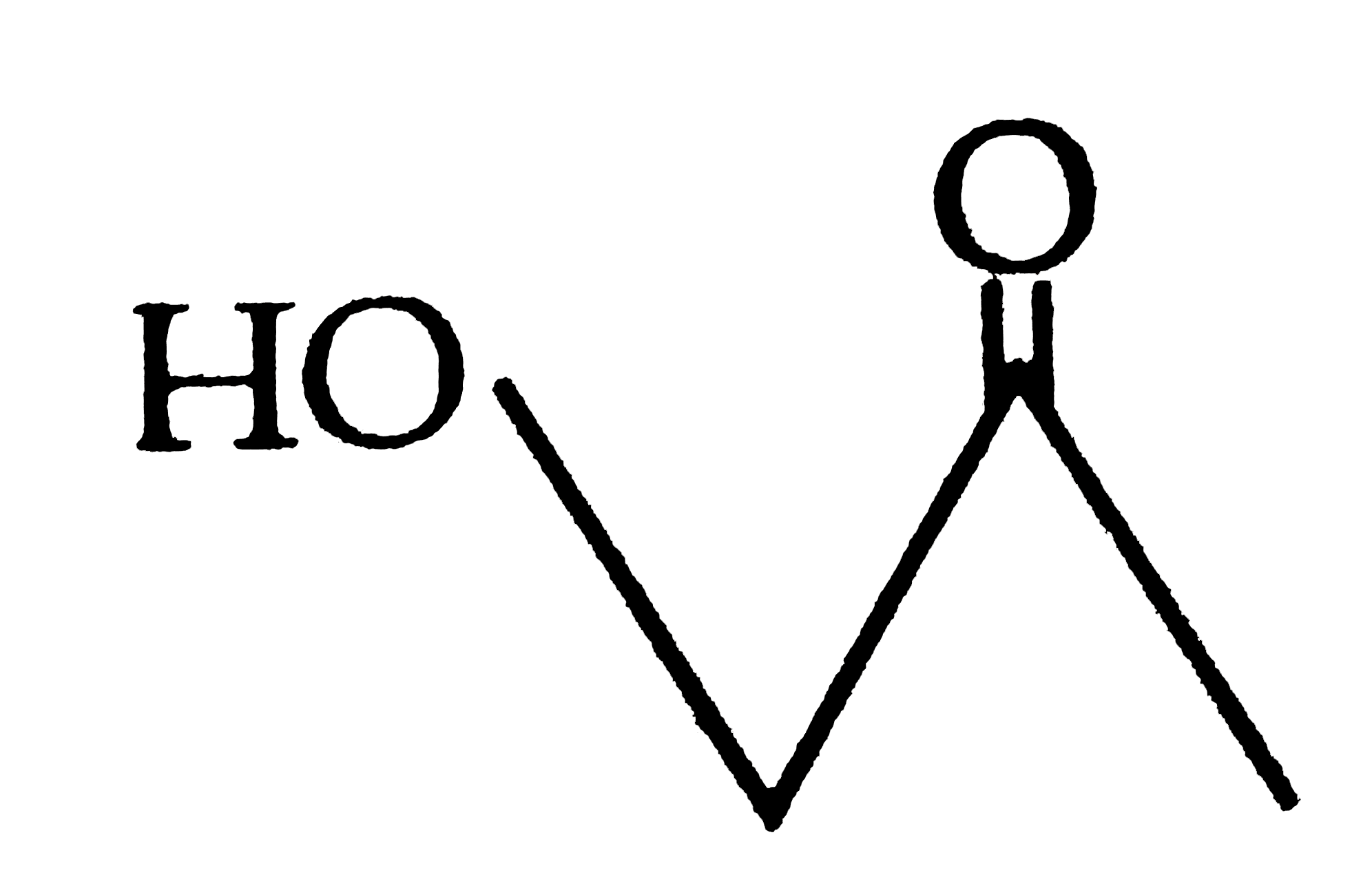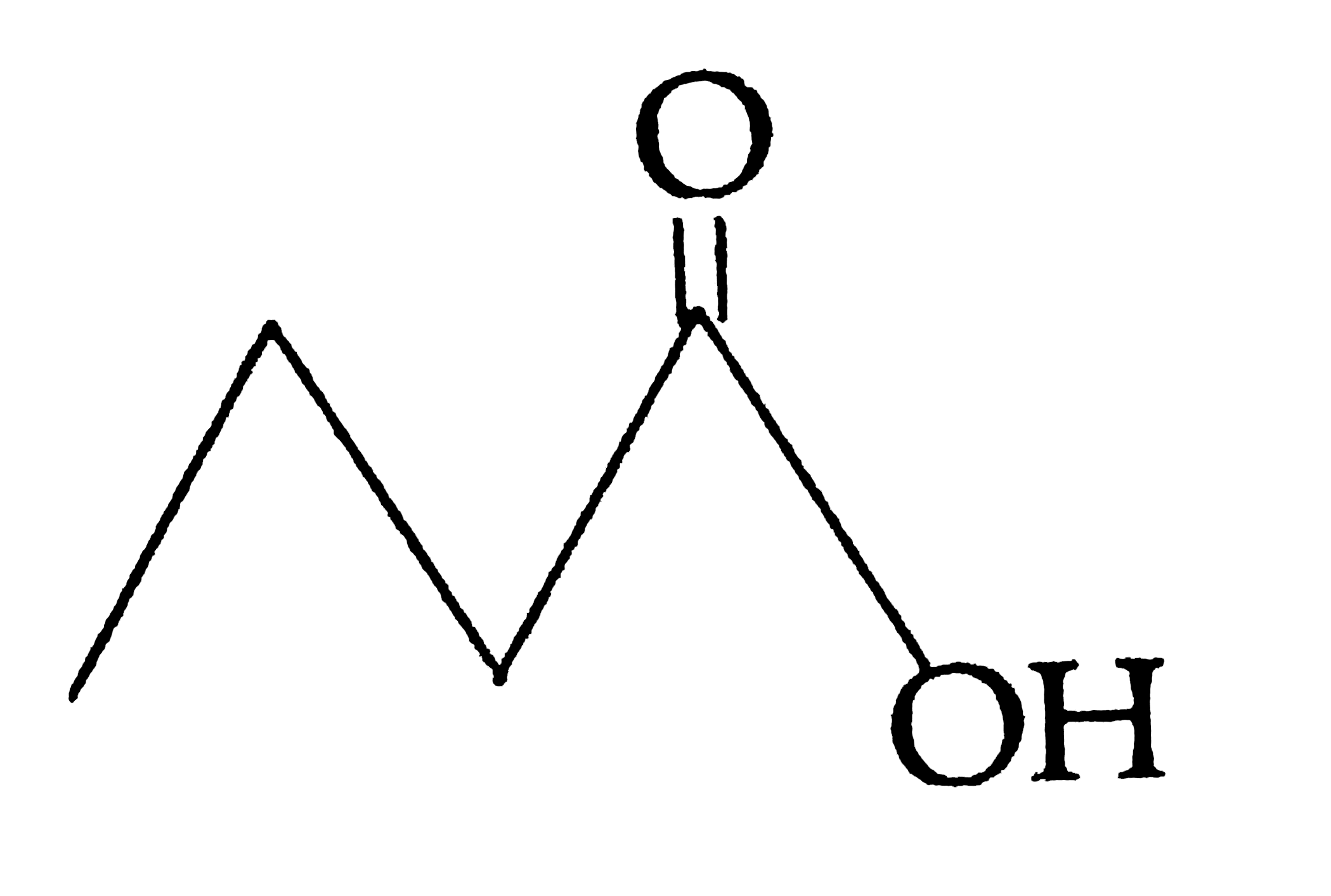Compound (A) C5H10O5 give a tetra-acetate with Ac2O and oxidation of (A) with Br2−H2O gives an acid, C5H10O6 Reduction of (A) wilh HI and red phosphorous gives 2-methyl butane. What is the structure of (A)?
To determine the structure of compound (A) with the molecular formula C5H10O5, we will analyze the information provided step by step.
Step 1: Calculate the Degree of Unsaturation (DBE)
The Degree of Unsaturation (DBE) can be calculated using the formula:
DBE=C+1−H−N+X2
Where:
- C = number of carbon atoms
- H = number of hydrogen atoms
- N = number of nitrogen atoms
- X = number of halogen atoms
For compound (A):
- C=5
- H=10
- N=0
- X=0
Substituting these values into the formula:
DBE=5+1−10−0+02=−42=−2
Since the DBE cannot be negative, we must have made a mistake in our calculation. Let's recalculate:
DBE=5+1−102=−42=−2
This indicates that there is either a cyclic structure or a pi bond.
Step 2: Analyze the Reaction with Acetic Anhydride
The compound (A) reacts with acetic anhydride to form a tetra-acetate. This suggests that there are four hydroxyl (–OH) groups present in compound (A). The presence of four –OH groups indicates that it is a polyol.
Step 3: Oxidation with Bromine Water
The oxidation of compound (A) with Br2−H2O produces an acid with the formula C5H10O6. This implies that an aldehyde group is present in compound (A) since the oxidation of an aldehyde leads to the formation of a carboxylic acid.
Step 4: Reduction with HI and Red Phosphorus
The reduction of compound (A) with HI and red phosphorus yields 2-methylbutane. This indicates that the structure of compound (A) must allow for the formation of 2-methylbutane upon reduction, suggesting that compound (A) has a branched structure.
Step 5: Propose the Structure of Compound (A)
Based on the above information, we can propose the structure of compound (A). It should have:
- Four hydroxyl groups
- One aldehyde group
- A branched structure that allows for the formation of 2-methylbutane upon reduction.
The proposed structure of compound (A) is:
HO-CH2-C(OH)(CH3)-CH2-CHO
This structure contains:
- Four –OH groups
- One –CHO (aldehyde) group
Conclusion
The structure of compound (A) is consistent with all the reactions described, including the formation of tetra-acetate, oxidation to a carboxylic acid, and reduction to 2-methylbutane.
The Degree of Unsaturation (DBE) can be calculated using the formula:
DBE=C+1−H−N+X2
Where:
- C = number of carbon atoms
- H = number of hydrogen atoms
- N = number of nitrogen atoms
- X = number of halogen atoms
- C=5
- H=10
- N=0
- X=0
DBE=5+1−10−0+02=−42=−2
Since the DBE cannot be negative, we must have made a mistake in our calculation. Let's recalculate:
DBE=5+1−102=−42=−2
This indicates that there is either a cyclic structure or a pi bond.
The compound (A) reacts with acetic anhydride to form a tetra-acetate. This suggests that there are four hydroxyl (–OH) groups present in compound (A). The presence of four –OH groups indicates that it is a polyol.
The oxidation of compound (A) with Br2−H2O produces an acid with the formula C5H10O6. This implies that an aldehyde group is present in compound (A) since the oxidation of an aldehyde leads to the formation of a carboxylic acid.
The reduction of compound (A) with HI and red phosphorus yields 2-methylbutane. This indicates that the structure of compound (A) must allow for the formation of 2-methylbutane upon reduction, suggesting that compound (A) has a branched structure.
Based on the above information, we can propose the structure of compound (A). It should have:
- Four hydroxyl groups
- One aldehyde group
- A branched structure that allows for the formation of 2-methylbutane upon reduction.
HO-CH2-C(OH)(CH3)-CH2-CHO
This structure contains:
- Four –OH groups
- One –CHO (aldehyde) group
The structure of compound (A) is consistent with all the reactions described, including the formation of tetra-acetate, oxidation to a carboxylic acid, and reduction to 2-methylbutane.
Topper's Solved these Questions
- BIOMOLECULESBook:AAKASH INSTITUTEChapter:BIOMOLECULESExercise:Section-J (Aakash challengers question)
Explore 5 Videos
- BIOMOLECULESBook:AAKASH INSTITUTEChapter:BIOMOLECULESExercise:(TRY YOURSELF)
Explore 17 Videos
- BIOMOLECULESBook:AAKASH INSTITUTEChapter:BIOMOLECULESExercise:Section-H (Multiple true false Type Questions)
Explore 5 Videos
- AMINES Book:AAKASH INSTITUTEChapter:AMINES Exercise:Assignment Section -J (Aakash Challengers Questions)
Explore 9 Videos
- CHEMICAL BONDING AND MOLECULAR STRUCTURE Book:AAKASH INSTITUTEChapter:CHEMICAL BONDING AND MOLECULAR STRUCTURE Exercise:Assignment Section J (Aakash Challengers Questions)
Explore 10 Videos
Similar Questions
Compoune (A) C5H10O5, give a tetra-acetate with Ac2O and oxidation of (A) with Br2−H2O gives an acid, C5H10O6. Reduction of (A) with HI and red phosphorous gives 3-methylbutane. What is structure of (A)?
View SolutionCompound AC5H10O4, is oxidized by Br2−H2O to the acid, C5H10O5. (A) Forms a triacetate (Ac2O) and is reduced by HI to n-pentane. Oxidation of (A) with HIO4 gives, among other product, 1 molecule of CH2O and 1 molecule of HCO2H. What are the possible structures or (A) and how could you distinguish between them?
View Solution
Knowledge Check
Compound A, C3H10Os, gives a tetraacetate with (CH3,CO)2,O, and oxidation of A with Br2−H2O gives an acid, C5H10O6. Reduction of 'A' with HI gives iso-pentane. There are two possible structures for compound 'A' which can be distinguished by using
AHIO4Bexcess of P,HICphenylhdrazineDTollens' reagentCompound (A) C8H6O2 on treatment with aq. NaOH followed by acidification gives (B) C8H8O3 which on oxidation gives benzoice acid only :
A B
B C
C D
D
Molecular formula C4H8O2 on acid hydrolysis gives acetic acid and ethanol. The structures of C4H8O2 will be
A B
B C
C D
D
An organic compound (A) (C8H14O) forms an oxime and gives a positive haloform reaction. On ozonolysis, it gives acetone and a compound (B) (C5H8O2) . (B) forms a dioxime and on subjecting to oxidation reaction gives an acid (C ) (C4H6O4). On treatment with excess of ammonia and strong heating, (C ) gives a neutral compound (D) (C4H5O2N). (D) on distillation with zinc dust forms pyrrloe. Suggest the possible structures of (A), (B), (C ), and (D). Explain the chemical reactions involved.
View SolutionCompounds (A), C5H10O forms phenlhydrazone, gives negative Tollens' an iodofirms tsts redces to pentane. What is the structure of the compound (A)?
View SolutionAn organic compound (A) C6H10 on reduction, first give (B) C6H12 and finally (C) C6H14 (A) on reaction with ozone followed by hydrolysis is presence of Zn gives two aldehydes C2H4O (D) and C2H2O2 (E) Oxdation of (B) with acidified KMnO4 gives acid (F) C3H6O2 Determine structures of (A) to (F) with proper reasoning.
View SolutionAn organic compound A (C7H6Cl2) on treatment with NaOH solution gives another compound B (C7H6O). B on oxidation gives and acid C (C7H6O2) which on treatment with a mixture of conc. HNO3 and H2SO4 gives a compound D (C7H5NO4). B on treatment with conc. NaOH gives a compound E (C7H8O) and C6H5COONa. Deduce the structures of [A], [B], [C], [D] and [E].
View SolutionOne mole of a hydrocarbon 'A' reacts with 1mil of brominne giving a dibromo compound, C5H10Br2. Compound 'A' on treatment with cold dilute alkaline potassium permanganate solution forms a compound, C5H12O2. On ozonolysis, 'A' gives equimolar quantities of propanone and ethanal. Deduce the structural formula of 'A'
View Solution